A study reveals the impact of the giant reed, an exotic invader plant in the riverbeds, on the ground arthropods
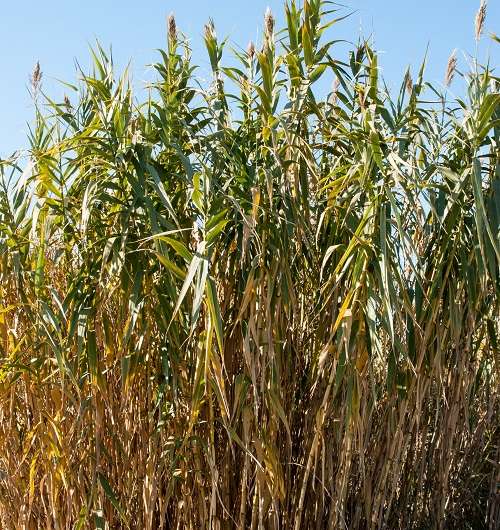
The reed, an abundant plant in riverbanks around the world, alters the ground arthropod communities and reduces the body size of these invertebrates in the natural habitats it colonizes, according to a study published in the magazine Biological Invasions.
The reed (Arundo donax), a graminaceous plant with its origins in Asia and other Mediterranean countries, is an invader plant able to grow and reproduce in a wide range of environmental conditions but mainly humid areas. This exotic plant, which is one of the biggest graminaceous plants, is used in the Mediterranean area to establish river banks, make plantation fences and to support cultivated plants. But it also creates grand canebrakes that alter the characteristics of the native vegetation and the natural environment.
Smaller and less arthropods in canebrakes
The article published in Biological Invasions is the first study that relates the invasion of A. donax with the changes in ground arthropods' body size. In the study, the authors compare the arthropod communities in three kinds of riverbanks vegetation, including the areas that were invaded by the reed, to the fluvial basins of the rivers Ripoll and Llobregat and the natural Park of Collserola (specifically, the Vallvidrera riverbank) in Catalonia (Spain).
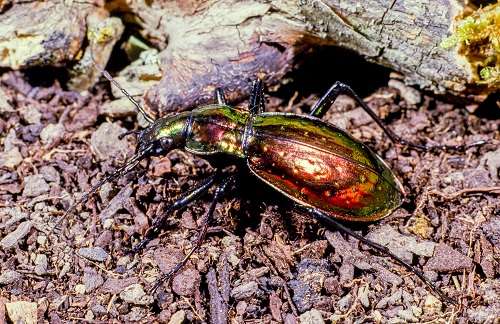
The first author, Alberto Maceda Veiga, member of IRBio and expert in the Doñana Biological Station (EBD-CSIC), said, "Some previous studies on A. donax showed less arthropod abundance and diversity in riverbanks ecosystems in the United States, but without a clear impact on the ground arthropods. A laboratory study found that marine arthropods fed with A. donax have reduced growth."
The new study shows that there are fewer arthropods and that they are smaller and less diverse in the areas colonized by this plant. "These changes are due to multiple causes, direct and indirect, like the presence of compounds that turn the reed into a non-nutritious food with low palatability. There are also alterations of the physical and chemical properties of the soil, which negatively affect both the native fauna and flora," says Veiga.
"The body size factor is related to the role of an organism during the transfer of matter and energy in the ecosystem. If we compare a rabbit, a deer and a wolf, we would see that a rabbit consumes less grass than a deer, but this one has more meat so it gives more energy to the wolf than the rabbit," says Maceda.
Springtails, more abundant
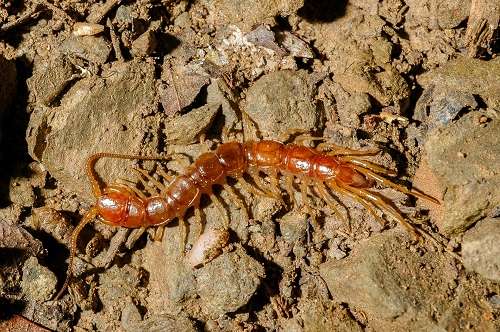
This exotic and invasive graminaceous plant grows fast in natural habitats and it disrupts the biodiversity of fluvial ecosystems. However, the study also detected that collembolans, little arthropods similar to insects, are less abundant in the reedbeds.
"The hypothesis is that the reed produces a great quantity of folderol, stalks, and other plant rests that pile up and stop other plants from growing. These rests, which are decomposed by fungus and other microorganism actions, are the main nutrition source to the collembolans."
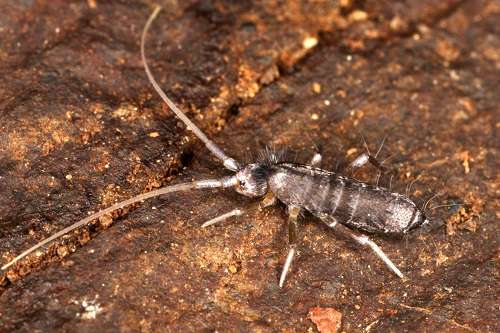
"They are paradoxes which appear with biological invasions," says Maceda-Veiga. "There could be positive, neutral or negative effects according to the variants that are valued and the environment where the invasion takes place. Up to now, in the reed's case, most indicators show negative effects, and that is why it is considered as one of the worse 100 species worldwide according to the International Union for the Conservation of Nature (IUCN). However, this does not mean that there could be positive effects, like effects on collembolan potential predaceous, or that the impacts can't change over the years".
Control, restoration and environmental education to preserve biodiversity
The arthropods in the riverbanks are not the only affected organisms by the ecologic impact of this plant. Other fauna groups (birds, micromammals, amphibians and reptiles that eat arthropods) are also affected. "Everything will depend on the possibilities of these animals to exploit other habitats which are not invaded by the reed. It is very probable that the reed invasion alters the organic matter contribution to marine ecosystems and this would cause effects which would be difficult to predict on fauna, including fish".
In the future, it will be necessary to undergo experimental studies to discover the mechanisms that provoke the plant invasion and determine its impact. "Another research line which is not less important is to study the controlling strategies for the previous invasion and restoration in the invaded area. We have to think that we can't completely remove the reed from our territory. However, it is possible to use measurements to reduce its impact on the ecosystem and promote environmental education campaigns to avoid future invasions" concluded Maceda Veiga.
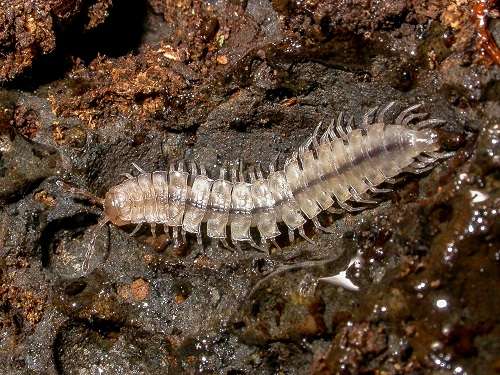
Journal information: Biological Invasions
Provided by University of Barcelona


















